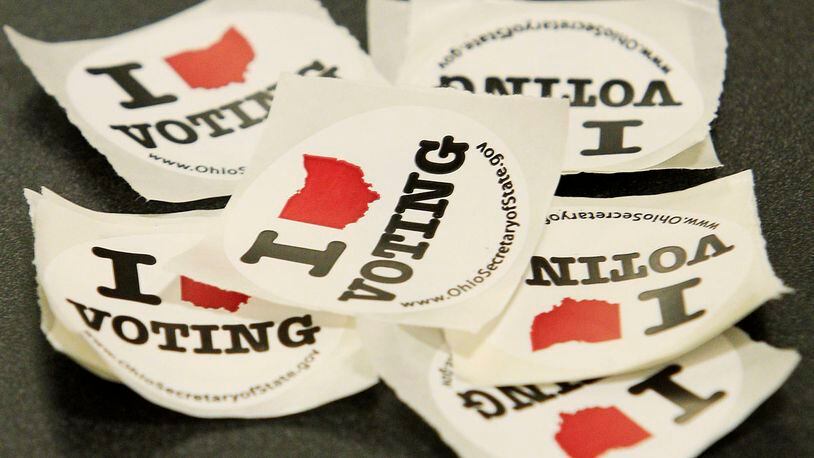Among HJR 19’s other features, the proposal would make it tougher to gather the required number of signatures. That’s bad enough.
This is worse: To become part of the constitution, a constitutional amendment proposed by voters’ signatures would have to get “yes” votes from at least 60 percent of those voting on it. In contrast, a constitutional amendment proposed by the legislature would still only require “yes” votes from a simple majority of those voting on it.
For example, if 100 Ohioans voted on a constitutional amendment backed by the Senate president and his caucus and (ipso facto) their campaign contributors, and the House speaker and his caucus and (ipso facto) their campaign contributors, the amendment would become part of the Ohio Constitution if at least 51 of a (hypothetical) 100 Ohioans voting on it voted “yes.”
In contrast, if voters, by petition, proposed a constitutional amendment, at least 60 of the (hypothetical) 100 Ohioans voting on it would have to vote “yes.” That’s neatly 20 percent more “yes” votes. The evident theory (which Ohio’s recent history disproves) is that the Ohio General Assembly knows what it’s doing, while voters don’t. GOP partisans sometimes like to claim Democrats are elitists – wine, cheese, tofu, the whole nine meters. HJR 19 demonstrates that Republicans can be elitists, too.
Still, assume that HJR 19’s GOP backers are correct: That the only way to make sure that Ohioans know what they’re doing when they vote is to require a 60 percent supermajority for constitutional amendments proposed by petition. Anything less than 60 percent? Uh … no.
You have to wonder if General Assembly Republicans have thought that through. After all, Republican Gov.-elect Mike DeWine, and his running mate, Lt. Gov.-elect Jon Husted, drew 50.66 percent of Ohio’s statewide vote last month – nowhere near 60 percent. Does that suggest Ohio voters didn’t know what they were doing when they backed the DeWine-Husted ticket?
Likewise, the GOP’s other statewide victors drew nothing like 60 percent of Ohio’s vote. Attorney General-elect David Yost, of Columbus, drew 52.42 percent; Secretary of State-elect Frank LaRose, of Hudson, drew 50.92 percent; State Treasurer Robert Sprague, of Findlay, drew 53.53 percent; and State Auditor-elect Keith Faber, of Celina, didn’t even reach 50 percent; he drew 49.93 percent.
Given HJR 19's proposed 60 percent victory margin, perhaps runoff elections are called for: Fewer than 51 of 100 voters gave Mike DeWine Ohio's "supreme executive power" – the constitution's words. Is the General Assembly sure that enough Ohioans are OK with that?
Bush’s Ohio connections
Seemingly unmentioned last week after former President George H.W. Bush's death were his Ohio ties. His grandfather, Samuel P. Bush (1863-1948), was a Columbus industrialist. He's buried in Green Lawn Cemetery. At Samuel Bush's funeral, grandson George H.W. Bush was among the pallbearers.
And the late Barbara Bush’s grandfather was Ohio Supreme Court Judge James E. Robinson (1868-1932), once Union County’s prosecuting attorney. Robinson’s buried in Marysville’s Oakdale Cemetery.
Thomas Suddes is a reporter and journalism professor who has covered Ohio politics for 35 years. Email him at tsuddes@gmail.com.
About the Author
